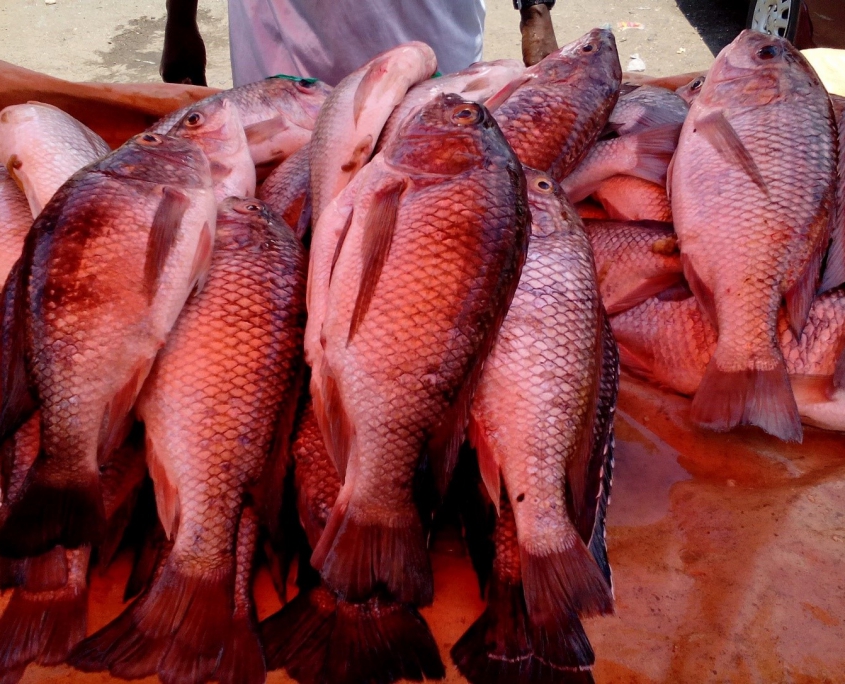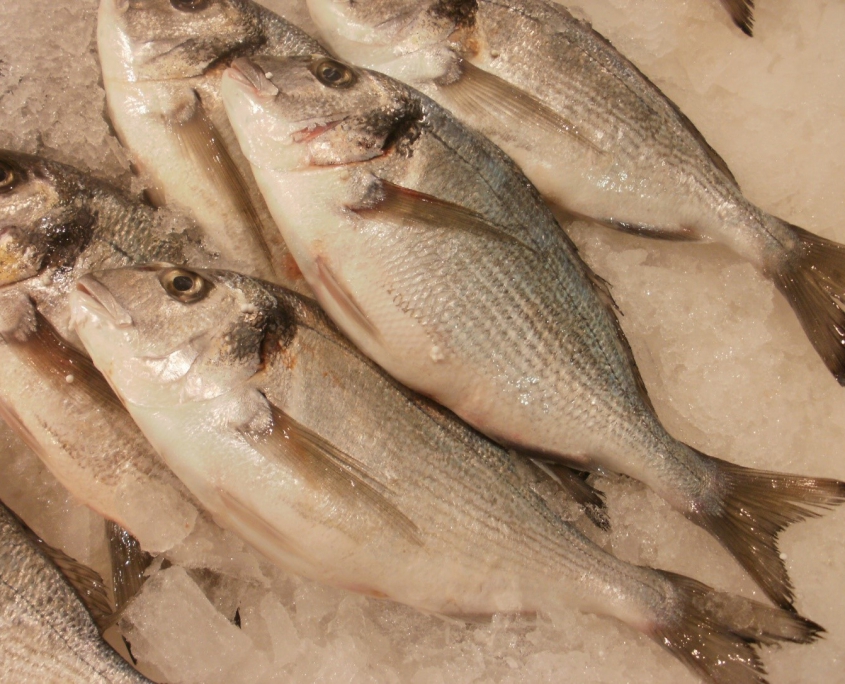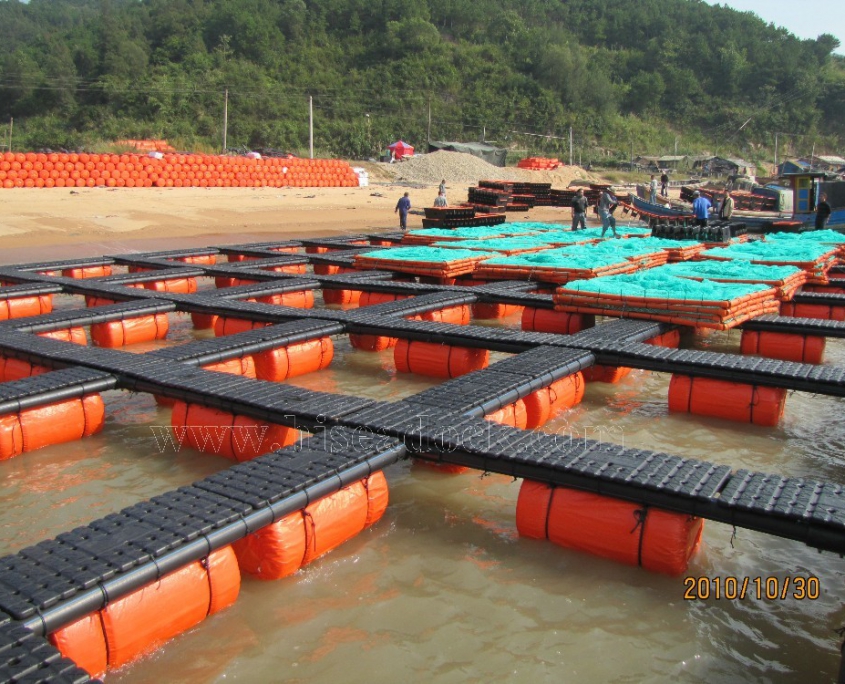History of fish farming in Turkey
Fish and aquaculture is an important export production in Turkey. Fish farming in Turkey, or the eastern Mediterranean, has quadrupled between 2000 and 2016. Three-quarters of this amount of fish produced is exported to meet the food needs of the urban and middle class of the European Union. Fish farming in Turkey is almost a fledgling industry and started in the early 1970s with rainbow trout. Of course, the Turkish Foreign Ministry intends to increase the potential of the fish and aquaculture sector.
It also enhances the diversity of aquatic species, monitors the environment and fish farms, preserves endangered species, manages the coastal area, and enhances international cooperation. Turkey does all this through the implementation of various laws and regulations, including the National Fisheries Development Program (NMADP). The Fisheries Act (NMADP), amended in accordance with EU regulations 2009. Fishing in Turkey and its coastal areas is a popular sport. Of course, both Turkish and foreign and non-Turkish nationals must be licensed to fish. Some of Turkey’s most popular fishing areas include the Mediterranean, the Aegean and the Black Sea.
Types of fish breeding species in Turkey
Fish farming in Turkey has a relatively short history in the country. Breeding fish and marine fish in this country, with the rearing of rainbow trout (Onchorhynchus mykiss) and common carp (Cyprinus carpio) and baby goldenfish (Sparus aurata) and European bass (Dicentrarchus labrax) in recent years The 1960s began. In the mid-1980s, production of three major species, namely rainbow trout and other Spiny fishs and other aquatic species, increased rapidly in the 1990s, with fish farming in Turkey as well as other aquaculture in 2009 reaching 158,000 tonnes per year. In 2009, aquatic species such as: rainbow trout, Spiny fish, Western Atlantic sea bream, sea fish, oyster, common carp and other species were produced in 8551 fish farms. Turkey is the leading producer of salmon in Europe and in 2016 became one of the top producers of Spiny fish, Western Atlantic sea bream.
Fish farming practices in Turkey
The newly established Fisheries and Fisheries Producers Association has been established in Turkey and has begun to provide valuable and useful assistance to the country in developing the aquaculture and fish farming industry. Today, the country enjoys sufficient knowledge and tremendous research capacity to fish in Turkey, though it still needs a great deal of coordination and efforts to develop this lucrative industry. The government recently issued a law stipulating that technical staff should be compulsory for a fixed period of time in fisheries companies and farms in Turkey. The methods of fish farming in Turkey go back several centuries to the “extensive aquaculture” method. This method is also known as “wetland breeding” and is practiced in Turkish Mediterranean wetlands. Modern aquaculture began in the late 1960s.
Early on, the first breed was the rainbow trout, whose eggs were imported from Italy. Normal carp farming was done in the 1970s, but no significant improvement was made in 1985. Subsequent important experiments involved the cultivation of rainbow trout and salmon in the early 1990s in the Black Sea. Only one Coruma shrimp breeding experiment was successfully conducted in the Mediterranean coast and later the mussel in the northern Aegean and the Marmara Sea during the 1990s. The Atlantic salmon breeding initiative failed in the Black Sea, but rainbow trout farming is still ongoing. One of the important characteristics of fish farming in Turkey is that it is mainly based on intensive systems of production of different types of carnivorous fish.
The most important and top fish farms in Turkey
Turkey is surrounded by four seas. These four seas give this coastal country a rich and diverse resource, the opportunity to support and create many economic activities. With 26 million hectares of available water and 177 714 km of rivers, Turkey has all the environmental conditions and natural resources needed for fish farming. It is hoped that the rate of development of fish farms in Turkey will continue to increase. Turkey intends to become part of the EU’s largest fisheries producer by implementing part of the Vision 2023 targets for agriculture, forestry and fisheries and also plans to become a member of the law in the next decade. Turkey’s fish farm, named Köksal Yılmaz, along the Marmara Sea in the Bostancı district of Istanbul, is one of the most popular barn and nymph farm.
Turkey’s Mediterranean lagoons are another important aquaculture farm in the country. Approximately 40% of aquaculture is devoted to the cultivation and production of rainbow trout, which is done in concrete pools and large cages in lakes and reservoirs. The European shore and the gilthead sea shore are the main breeds of Western Atlantic seabream, which are also popular and edible fish. Most of the fish production in Turkey is dedicated to its export. The Fisheries Department announces its readiness to design fish farms, design closed systems and modern aquaculture systems in various countries.
Behrouz Fard
Fisheries Analyst and Complicator




